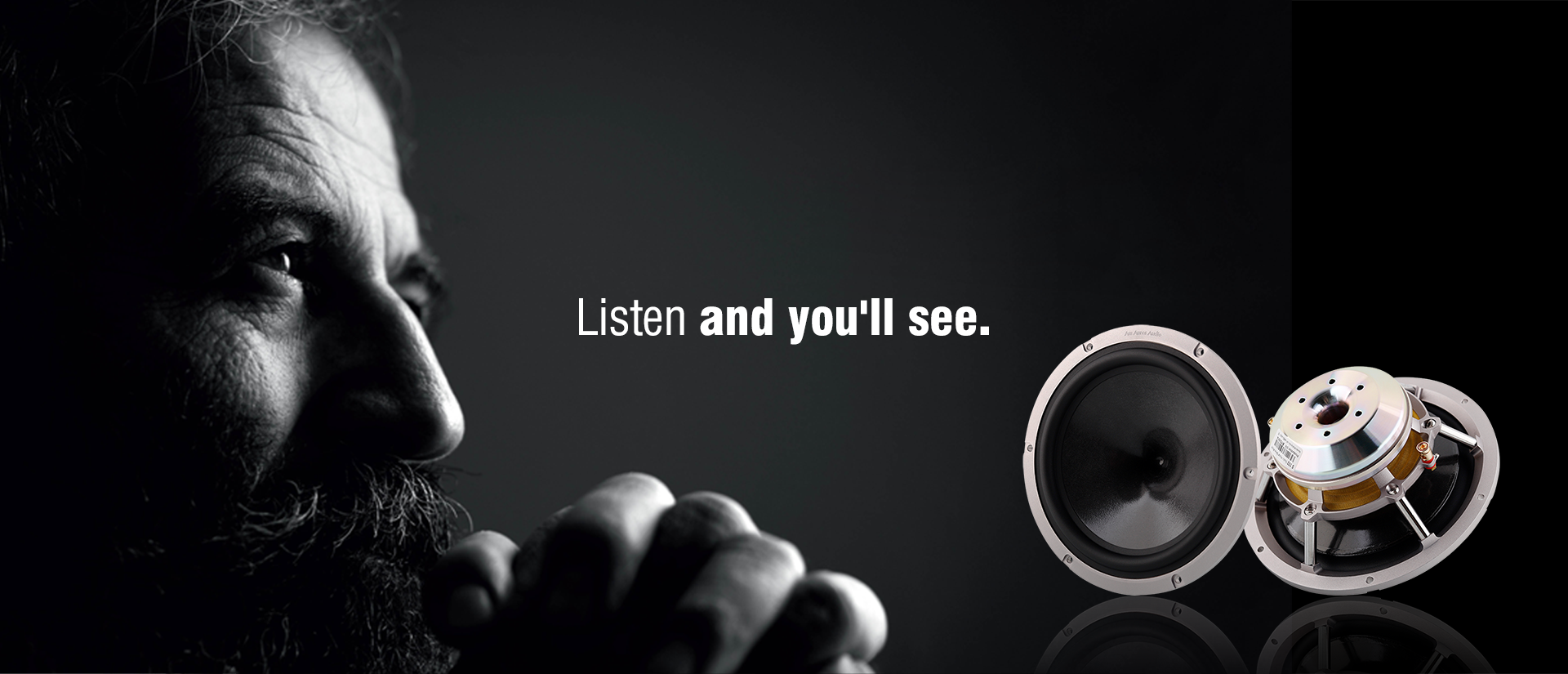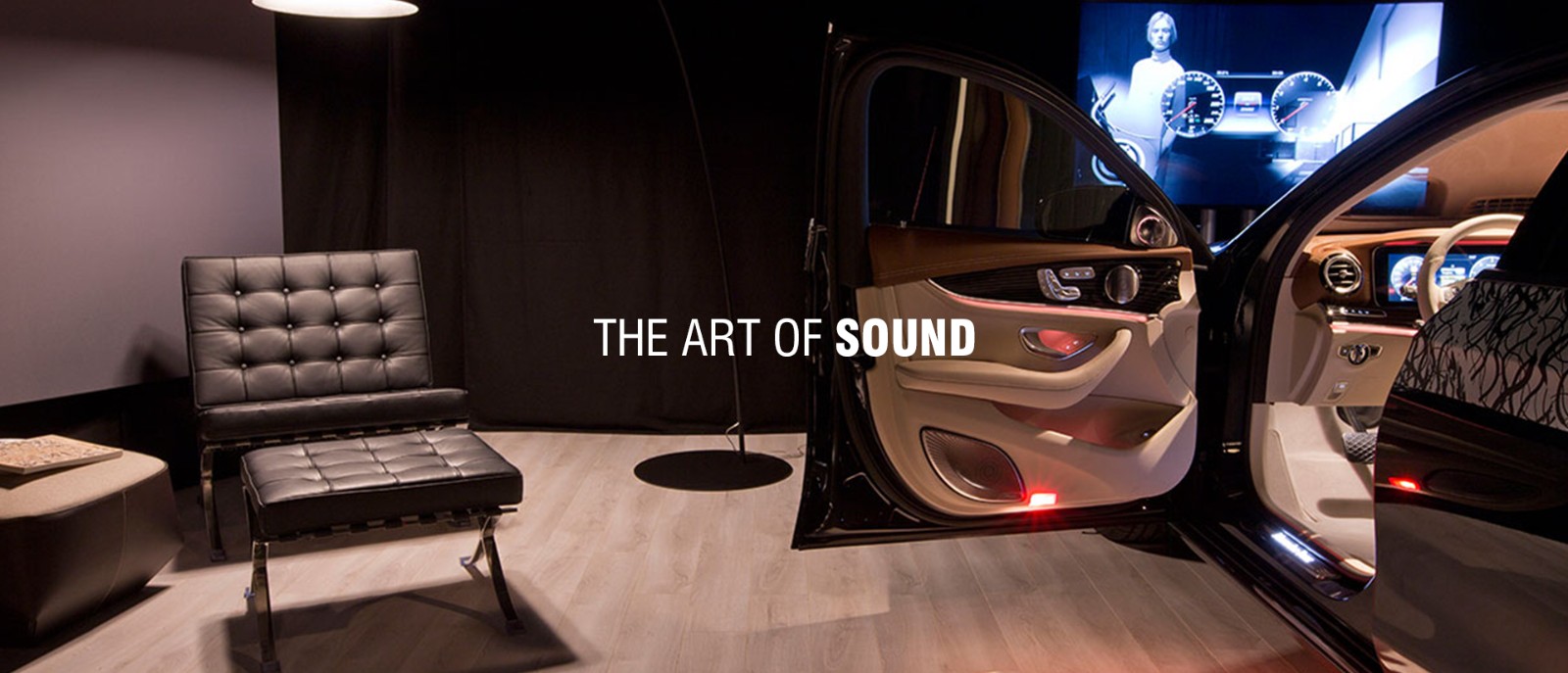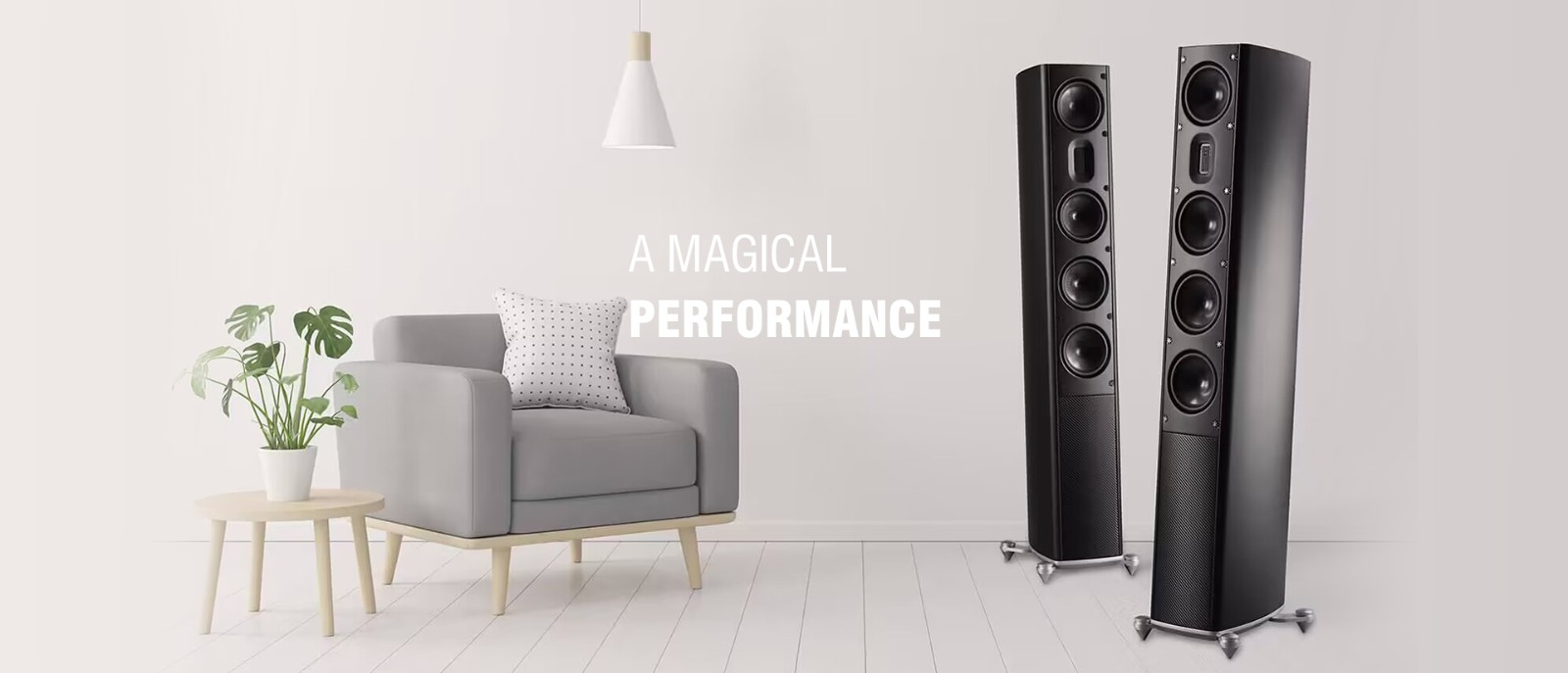The most relevant and often discussed topic in the field of loudspeaker design these days is "Phase". Speaker builders around the world today, produce models with diffusers and with speakers arranged on different planes. These things are being done in an attempt to align the acoustic centers of the drivers to allow a perfect phase response. They have built an number of very sophisticated tools that can detect phase differences of only a few degrees between the waves from the various drivers in the speaker system.

At the same time, conflicting views on the sensitivity, or lack thereof, of the human ear to detect delays of a few milliseconds, corresponding to phase differences of several hundred degrees, call into question the whole issue.

But let’s consider, for a moment, that the human ear is at least as sensitive to phase as the best tools. Suppose that the recording of a musical piece is carried out impeccably (unlikely given the presence of microphones in various locations during the recording). Suppose also that the mixer, equalizer, disk or tape, the recorder, and the amplifier do not induce any phase distortion, and the signal reproduced by the loudspeaker maintains the same phase relationships as the original signal.
But still, the listener remains the concern. He must be in the position provided for by the loudspeaker manufacturer with regards to the position of each driver on the front panel of the speaker. If the listener is out of position phase lags will be far greater then those that might be introduced by the recording/playback systems. And all this makes sense only it is proven that the high playback quality of the perfect speaker is actually appreciated by the human ear in normal use with musical program material.
Among todays engineers, rather than phase shifts, they prefer to speak of signal delay; the difference in time it takes signals from each driver to reach the ears of the listener. This does not change the nature of the problem, it is simply looking at it from a different angle. Practical controlled tests show, in this case, that the human ear is unable to perceive quality differences in the signal when these delays are contained within a few tenths of a millisecond for the medium-high frequencies and up to a millisecond and than for the lower frequencies.
Evaluated in these terms and making more practical considerations at listening and theoretical, the "phase" remains a topic whose importance is a theory yet to be demonstrated, and not the absolute one that is assumed in many manufacturers advertising pages.
About ARS AURES, engineers have said: it is preferable to have the speakers perfectly in phase with the original recording, but the price of the required constructive solutions are not justified when other factors can have a greater effect on the quality of reproduction.


A far more important consideration is to have the speakers operation around the crossover frequencies not only on the axis of the speaker, but if possible, on as broad a front as possible. The crossover frequencies simultaneously operate on two speakers. If at the listening point, their signals arrive in opposing phase they will interfere with one another, creating a hole in the frequency response that theoretically matches the annulment total. It can also be of 10dB or more. This is easily noticeable because the width of this hole is generally equal to 2 or 3 third-octave bands. For signals to maintain a proper phase relationship, it is necessary that the speaker distances (at the acoustic centers) from the listening position to differ as little as possible. The maximum difference is preferably not higher than one third of the wavelength; in this case the hole is of only 3dB. Let's take an example. Suppose we have two speakers whose frequency bands are crossed around 5000 Hz. The wavelength of this frequency is equal to 6.8 cm. We will have a correct response in amplitude in space in front speakers only when the difference of the distances of the two acoustic centers from the listening point will be less than 2 cm.
Clearly, the closer the acoustic centers are between them and the more distant the listening point, the greater the face will be over which the response is linear.
In the case where the speakers (arranged on a vertical axis) are separated by 18 cm between them, and the listening is carried out at 3m distance, the response is linear at every point of the space comprised between +/- 30 cm with respect to the horizontal axis (fig. above). In normal listening conditions that makes the positioning of the speakers more critical and the listening is correct only on a narrow front field.
In the case of considering a cross between woofer and midrange to 600 Hz, as one third of the wavelength is about 20 cm, it is easy to verify that if the acoustic centers, even not perfectly aligned (+/- 5 cm), do not fall among them more than 30 cm, more than two meters from the response is linear throughout the environment.
To optimize the linearity of the response to the environment also crossover between midrange and woofer, the speaker designers of Ars Aures have approached as much as possible the acoustic centers of these speakers. Reducing the distance to 9 cm has obliged the assembly of the two components on a single flange. The new complex called E3 MT (Cone Midrange & Dome Tweeter) enables a linear response on a front 100 cm high. This reduced the critical placement of the speaker.



